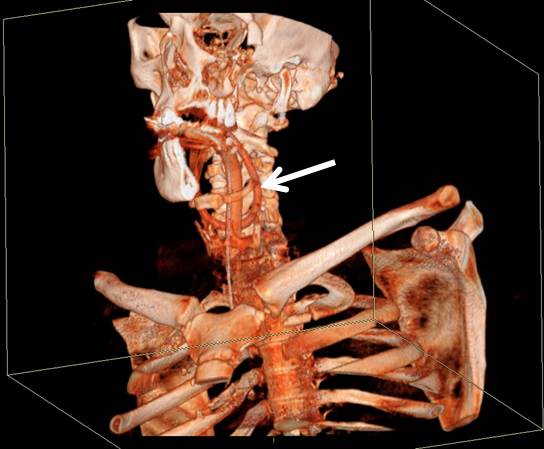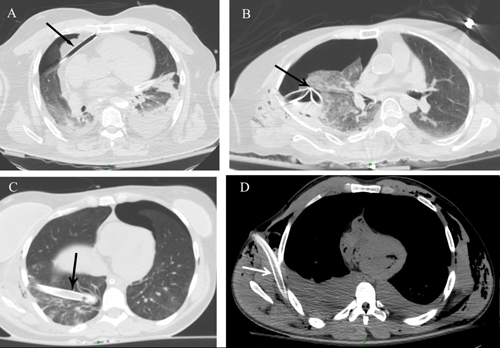The Role of Early Postmortem CT in the Evaluation of Support-Line Misplacement in Patients with Severe Trauma
Eyal Lotan M.D., M.Sc.a,c,d, Orith Portnoy M.D.a,c, Eli Konen M.D.a,c, Daniel Simona,b,c, Larisa Guranda M.D.a,c.
Department of Diagnostic Imaging, Sheba Medical Center, Tel Hashomer, Israel
Trauma Unit, Sheba Medical Center, Tel Hashomer, Israel
Sackler Faculty of Medicine, Tel Aviv, Israel
The Dr. Pinchas Borenstein Talpiot Medical Leadership Program 2013
Insertion of support lines is an essential component of resuscitation protocols for severe trauma patients. Nevertheless, correct placement is not always determined radiographically due to the priority list of life-saving procedures. At Sheba Medical Center, in cases of severe trauma when no imaging procedure is done prior to death due to the patients' hemodynamic instability, then postmortem CTs (PMCTs) are performed shortly after death while support lines are still in place. The aim of the study was to assess the role of early PMCT in evaluating support lines malpositioning in order to improve future treatment in trauma setting. We included all PMCTs that were performed for trauma patients within the first hour after declaration of death and assessed correct placement of endotracheal tubes, chest drains, central venous catheters and nasogastric tubes. We concluded that early PMCT for severe polytrauma patients can be of important educational value to radiologists and the trauma teams, providing immediate feedback regarding the location of the support lines, and possibly contributing to improved training and learning curve of medical staff.

58-year-old man after gunshot wounds. 3D CT image shows a looped, incorrectly inserted, nasogastric tube terminating in the oropharynx (white arrow).

Axial CT images after insertion of misplaced chest drains in patients after severe trauma. (A) 40-year-old man with misplaced tip of the right chest drain in the anterior mediastinum. (B) 86-year-old woman with kinking of the chest drain which results in failure to treat tension pneumothorax. (C) 22-year-old woman with parenchymal insertion of the chest drain in the right lower lobe. There is pulmonary opacity along the tube’s path due to lung laceration. (D) 27-year-old man with misplaced chest drain within the right chest wall.
American Journal of Roentgenol ogy (AJR). 2015 Jan;204(1):3-7.









